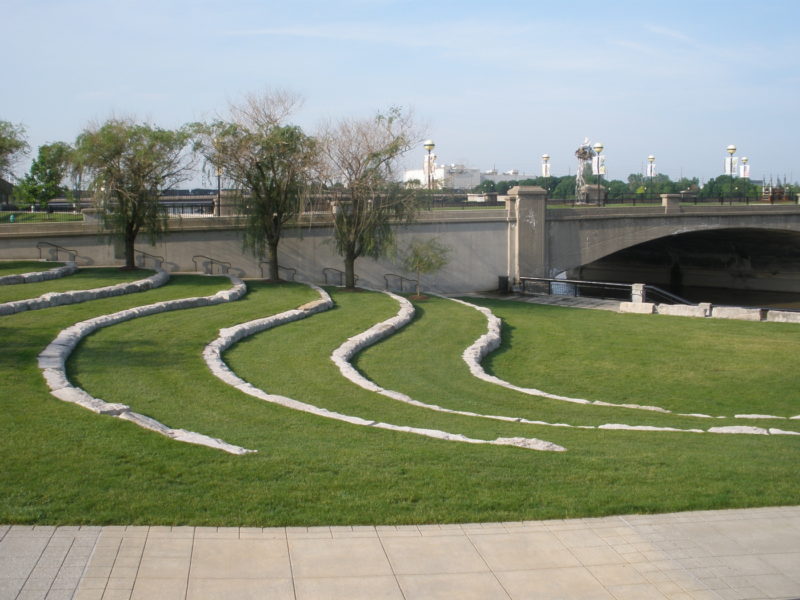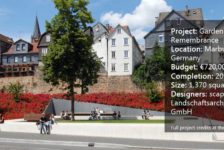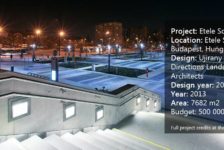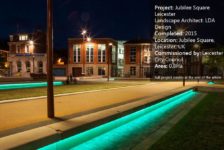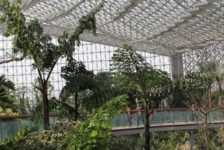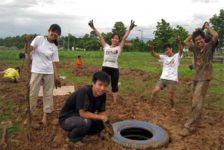Remember college field trips? Besides the imbibing and canoodling and hijinx (to resurrect a few words sure to make me seem older than I am), do you remember the places you went? You might have sketchbooks or slide-sleeves or flash-drives full of your recollections. You must have spent hours (initially at the urging of a prof but later out of your own fascination) documenting materials, finicky details, flows of water, tree selections, whatever. Remember how this informed both your designs and your in-studio discussions?
Richmond Olympic Oval, Vancouver
Where I went to school, our big field trips were these: Kentucky’s Daniel Boone National Forest; Columbus and Indianapolis, Indiana; Chicago; and the desert southwest. I vividly recall the changes in vegetation and temperature (aka microclimate) while descending into a thin Kentucky river gorge. When I work with rigid geometry, the Miller House is still a touchpoint. Mesa Verde’s villages taught me a few things about density, views, and garbage disposal. And on and on.
What happened to that? Do we explore anymore? Do we really take apart a site when we travel, learn from it, sketch it, figure it out, apply it to our own work? Perhaps not. We have kids in tow, or a spouse rolling their eyes at us. Or we just want a break from the rigors of design. Or we think we have it all figured out.
But we don’t. We can still learn a lot from field trips.
Me, at the Village at Southeast false Creek, Vancouver
And here’s where I admit to being pretty lucky. I get to travel the country to learn about built works of landscape architecture. No, not always on someone else’s dime, but always with the same mission: I have to complete a magazine article that analyzes, takes apart, and figures out a project. And usually I visit a few other sites, too, while I’m in town. Like a field trip.
Recently I was back in Indianapolis. I also went to Vancouver and Phoenix. I have full flashcards and (somewhat less full) sketchbooks. I’ve been thinking about projects in these cities and what they mean in the context of landscape architecture as a whole. I’ve been thinking about what the critical lessons are from works both old and new.
Mesa Arts Center, Phoenix
“In Place” is a new Land8 column that resurrects the landscape architecture field trip. When I travel, I’ll take apart a project or two here. And when I’m about to travel, I’ll let you know, so you can make suggestions of what I should see.
Yes, I know intros like this are a turn-off in a blog, but so is high word count. So I won’t go into the first project right now. Subscribe and stay tuned: Indianapolis’s 100 Acres Art and Nature Park is coming soon (very soon, like, in three days).
100 Acres Art and Nature Park, Indianapolis
I’ll build on Lucy Wang’s recent post on ChopStick and look at the overall plan by Edward L. Blake. If you’ve been there, get ready to weigh in, too. If not, take a digital field trip with me. (And feel free to imbibe, canoodle, or have hijinx while reading.)
– Adam Regn Arvidson
(Top Image: White River State Park, Indianapolis)
Published in Blog


